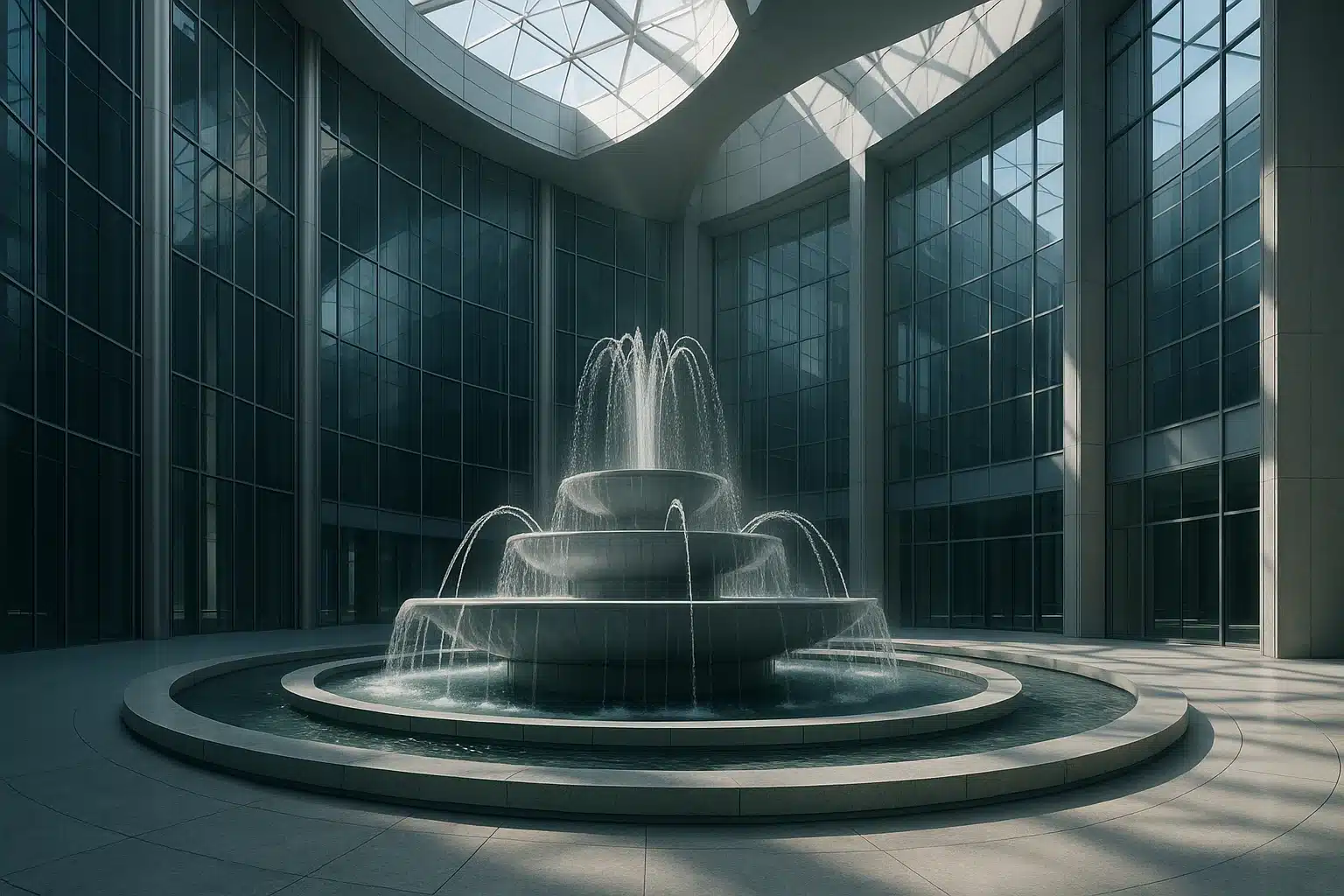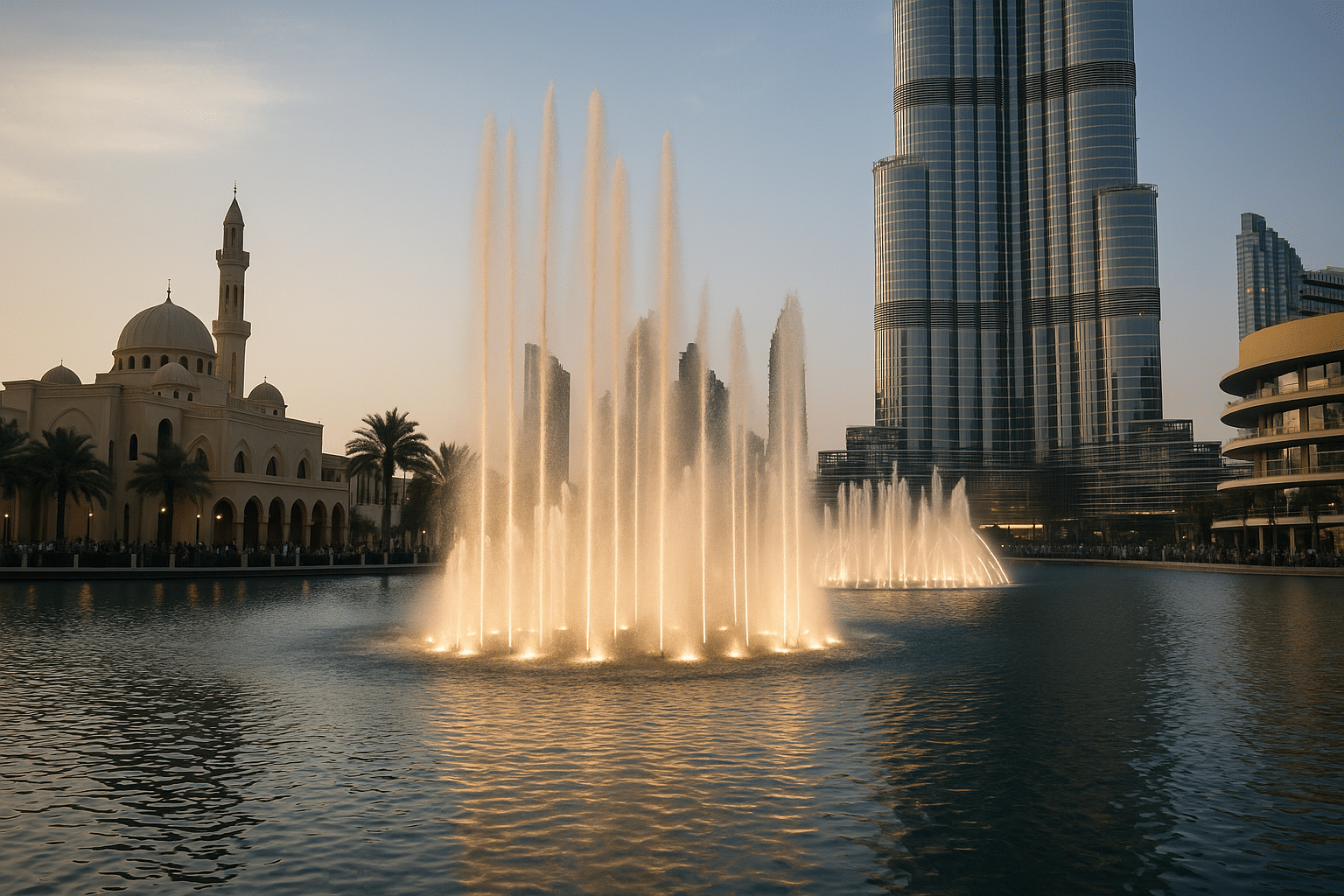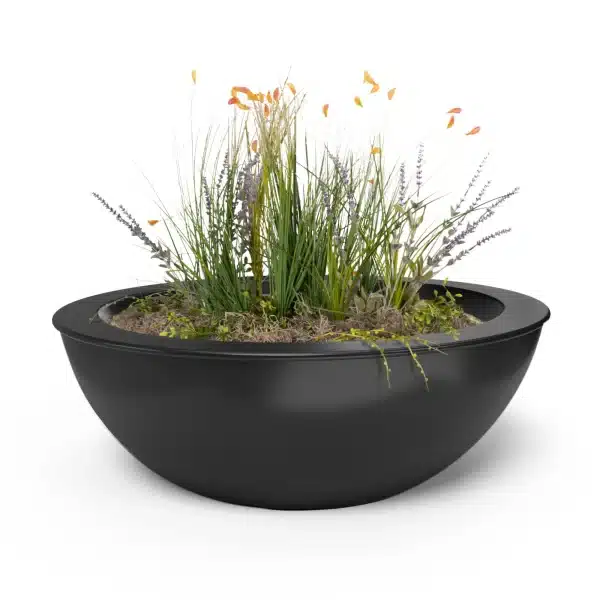Introduction
Architecture has long been regarded as a medium that blends art, functionality, and symbolism. Within this landscape, fountains stand as timeless features that transform static buildings into dynamic, living environments. From ancient palaces to modern skyscrapers, fountains have served not only as decorative embellishments but as cultural, social, and architectural statements that define the identity of iconic structures.
The deliberate placement of a fountain at the center of a building or public space is more than an aesthetic choice, it is a declaration. It transforms the building from a mere shelter into an experience, giving it life, motion, and even sound. In this article, we’ll explore the architectural role of fountains as centerpieces in iconic buildings, tracing their historical origins, symbolic meanings, design variations, engineering marvels, and modern interpretations.
The Historical Roots of Architectural Fountains
Ancient Civilizations and Their Hydraulic Wonders
The earliest known fountains were not merely ornamental; they were functional. In Mesopotamia and Egypt, fountains symbolized abundance and divine life, often associated with rivers considered sacred. Ancient Rome, however, elevated fountains into architectural art through their aqueduct system.
Public fountains in Roman forums and piazzas were central to civic life, providing fresh water while also serving as symbols of imperial power and technological prowess. Structures like the Trevi Fountain, although completed in the 18th century, trace their legacy back to Rome’s architectural mastery, where water display was a statement of control over nature.
Medieval Courtyards and Spiritual Symbolism
During the medieval period, fountains shifted to cloisters, monasteries, and palatial courtyards. In Islamic architecture, particularly within Moorish Spain, fountains were integral to gardens and courtyards, embodying paradise and tranquility. Structures like the Court of the Lions in the Alhambra showcase how fountains could symbolize spiritual purity while also cooling enclosed spaces.
Renaissance Grandeur
The Renaissance rekindled the celebration of fountains as artistic and symbolic elements in architecture. Italian villas incorporated elaborate fountains in their gardens, not only as decorative features but as embodiments of humanism, showcasing art’s ability to imitate and master nature.
Fountains as Centerpieces: The Architectural Logic
The Role of Centrality
When a fountain is placed at the heart of a building or complex, it creates an axis of attention. Visitors are naturally drawn toward it, using it as a point of orientation. This central positioning reflects the architectural intent of unity, where water embodies the soul of the structure.
Sensory Experience
Fountains provide a multi-sensory experience. The sound of flowing water creates a tranquil atmosphere, masking urban noise and inviting reflection. Visually, fountains mirror surrounding architecture, doubling the impact of arches, facades, and skylines in their reflective surfaces. At night, when illuminated, fountains take on a theatrical presence, transforming buildings into vibrant landmarks.
Symbolism of Water
Water, in many cultures, is life, purity, and renewal. By positioning a fountain as a centerpiece, architects make a statement: the building is not just a functional space but a living organism, sustained and animated by the element of water.
Iconic Examples of Fountains as Architectural Statements
1. The Trevi Fountain, Rome
Although technically free-standing, the Trevi Fountain is architecturally integrated into the Palazzo Poli. It transforms the palazzo’s facade into a theatrical backdrop, turning the building itself into part of the spectacle. Here, the fountain is not a mere addition but the very soul of the building’s identity.
2. The Alhambra, Granada
The Court of the Lions is one of the most famous courtyards in Islamic architecture. Its fountain, supported by twelve marble lions, sits at the very center, dividing the courtyard into four parts in reference to the rivers of paradise. The fountain here functions as both spiritual and architectural anchor.
3. The Bellagio Hotel, Las Vegas
In modern architecture, the Bellagio fountains exemplify how water displays can define an entire building’s global identity. The choreographed fountains in front of the Bellagio Hotel have made it one of the most iconic landmarks in the United States, where the building’s grandeur is inseparable from its water spectacle.
4. Sheikh Zayed Grand Mosque, Abu Dhabi
This architectural masterpiece incorporates multiple fountains in its courtyards, using water to reflect the mosque’s marble grandeur and enhance the sense of serenity. The fountains are not merely ornamental; they extend the building’s spiritual and aesthetic aura.
5. The Louvre, Paris
The fountains surrounding I.M. Pei’s Louvre Pyramid transform the museum’s entrance plaza into a dynamic, living space. The water both frames and contrasts the glass pyramid, symbolizing the dialogue between tradition and modernity.







